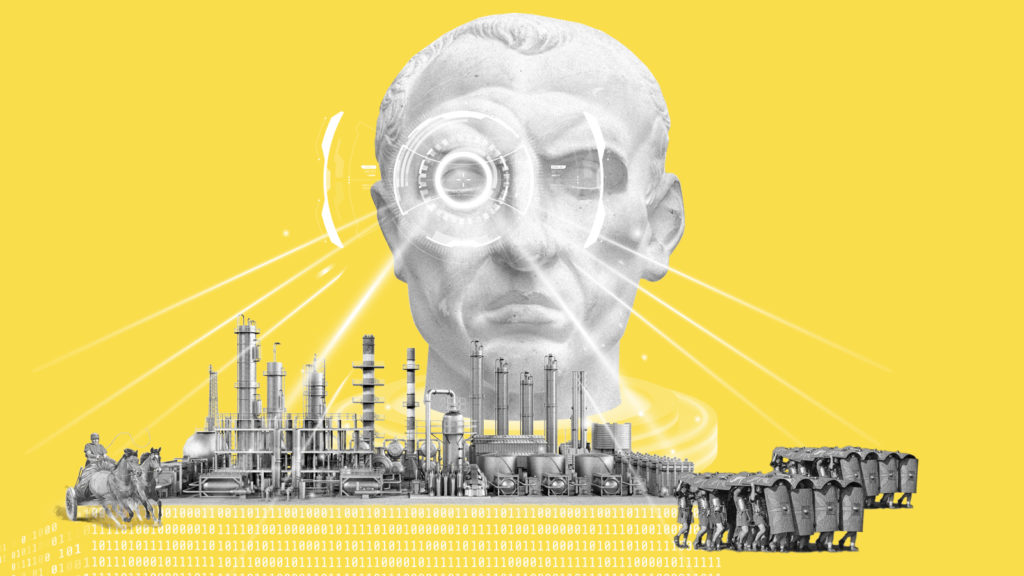Collecting, sorting, aggregating, separating, analysing – the competence of data processing is one of the central competences of production in the age of Industry 4.0. However, competence does not simply mean that data is available and a tool is used that generates an output with this data.
Rather, it is about how productions establish processes, structures and professional competences in order to derive the greatest possible benefit from the data with the given technological possibilities.
The corporate DNA as the core of transformation
We are in the digital age. And not just since yesterday. Every company now has experience or knowledge on the topic of digital transformation. However, anyone who thinks that after the many years of digital disruption there is some kind of template that can be blindly applied to the company and become a guarantee for success is very much mistaken.
Depending on the industry, company history and culture, production companies are highly diverse. Scheme X works – but only for the first stages of the digital transformation. If you really want to be successful and go your own way, you inevitably have to stop following generic approaches – and run after the pulse of time.
The 4 steps of the digital roadmap
There are many models about the steps of digital transformation. If we focus on the importance of data, a four-step model emerges, which production companies can use to check where they are, where they want to go – and which steps they might have to take:
Level 1: Digital functions
Individual functions within a process are digitised in a silo-like manner.
Level 2: Digital sub-processes
Individual sub-processes within production are digitalised. There is a data link between different functions.
Level 3: Digital value chain
Individual sub-processes are digitally linked to each other and form digitised overall processes and thus a digital value chain.
Level 4: Digital ecosystem
Digitalisation encompasses the entire production without any silo level, data interacts with each other, a democratisation of information has taken place and the level of data-based optimised decision-making has been reached.
The majority of production companies in Germany are currently at levels 1 and 2. However, the vision for the next ten to 15 years is clear: only those who strive for further development towards a digital ecosystem will be able to claim that they have successfully implemented the smart factory in the long term.
Data platforms: The foundation for the digital ecosystem
A data platform is a conglomerate of different technologies, processes and functionalities that makes data usable in the company. Data platforms describe the arrangement and interlocking of processes and technologies, so that in the end an integrated data image of the entire production is created – and a maximum efficient basis for decision-making is given.
From a technical point of view, consolidating the data and preparing it accordingly is the main task of PaaS. But the importance of using such a solution goes deeper: it is the tool with which people achieve the goal of truly data-driven production. It is the nucleus of data processing, the fulcrum for optimisation processes and empowerment of employees for better decision-making. The use of a PaaS solution does not change the DNA of manufacturing companies – but it supports them individually to become the maximum efficient future version of theirs.
You already know what stage your production is at? Rely now on a platform solution that will accompany you all the way to the digital ecosystem and into your smart factory future! Learn more about our PaaS Edgeone here!
